If you ask people what running a business is all about, you might get sales, accounting, or project management.
And they’re all right.
Nevertheless, there are building blocks of your business that pull substantial weight and yet get easily overlooked and dismissed as minor details. These can be marketing brochures, leaflets, and banners, creating layouts and logos for your mobile apps, and visual content for your social media pages.
These aspects of your business are covered by graphic design which contributes to building your brand image that in turn boosts your visual advertising.
Although graphic design isn’t as obviously business-sounding as project management, having a solid graphic designer or team can have quite the impact on your sales.
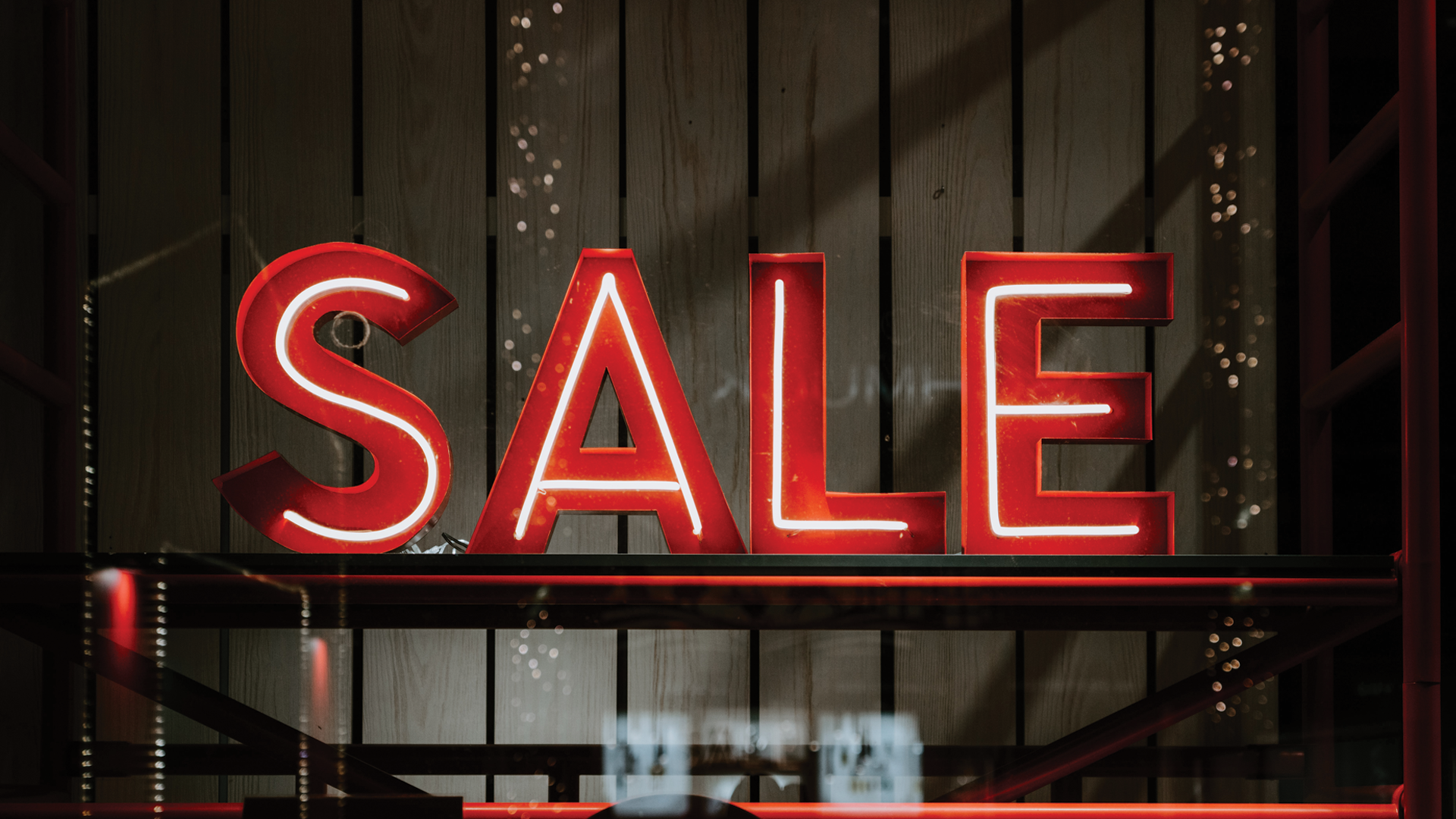
An effective visual marketing campaign can:
Give your brand a positive and striking first impression.
Communicate your image and branding goals effectively.
Get your brand more recognizable with unique content/imaging (logos, color palettes, designs)
Better traffic resulting in higher conversions.
Deliver your messages with more impact.
Knowing how it can pull your sales up, the next step in making your graphic design earn you profit is by creating exceptional concepts and designs.
Of course, you’re not expected to do all the work by yourself. You need the help of pros.
How to choose between Freelance Talents vs Graphic Design Firms:
When to hire Freelance graphic artists?
When you’re under budget
When you need specialized talent
When you want your designer to work flexible hours
When you need better talent
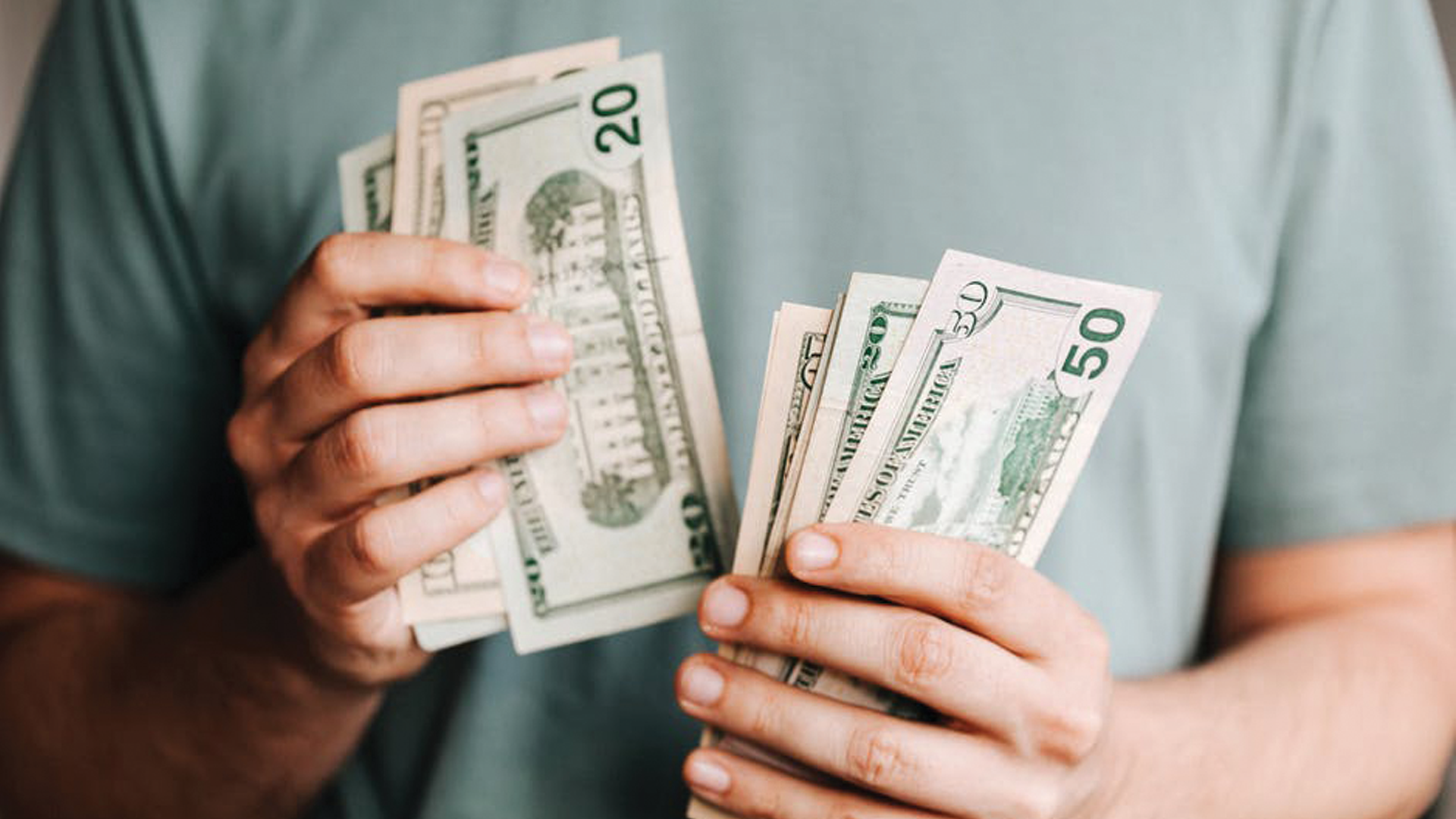
Freelancers are ultimately cheaper than an entire team of designers. Aside from the fact that you’re only really paying for one person, the cost is cheaper because they have fewer overhead charges. You’ll only render your designers’ input and talent.
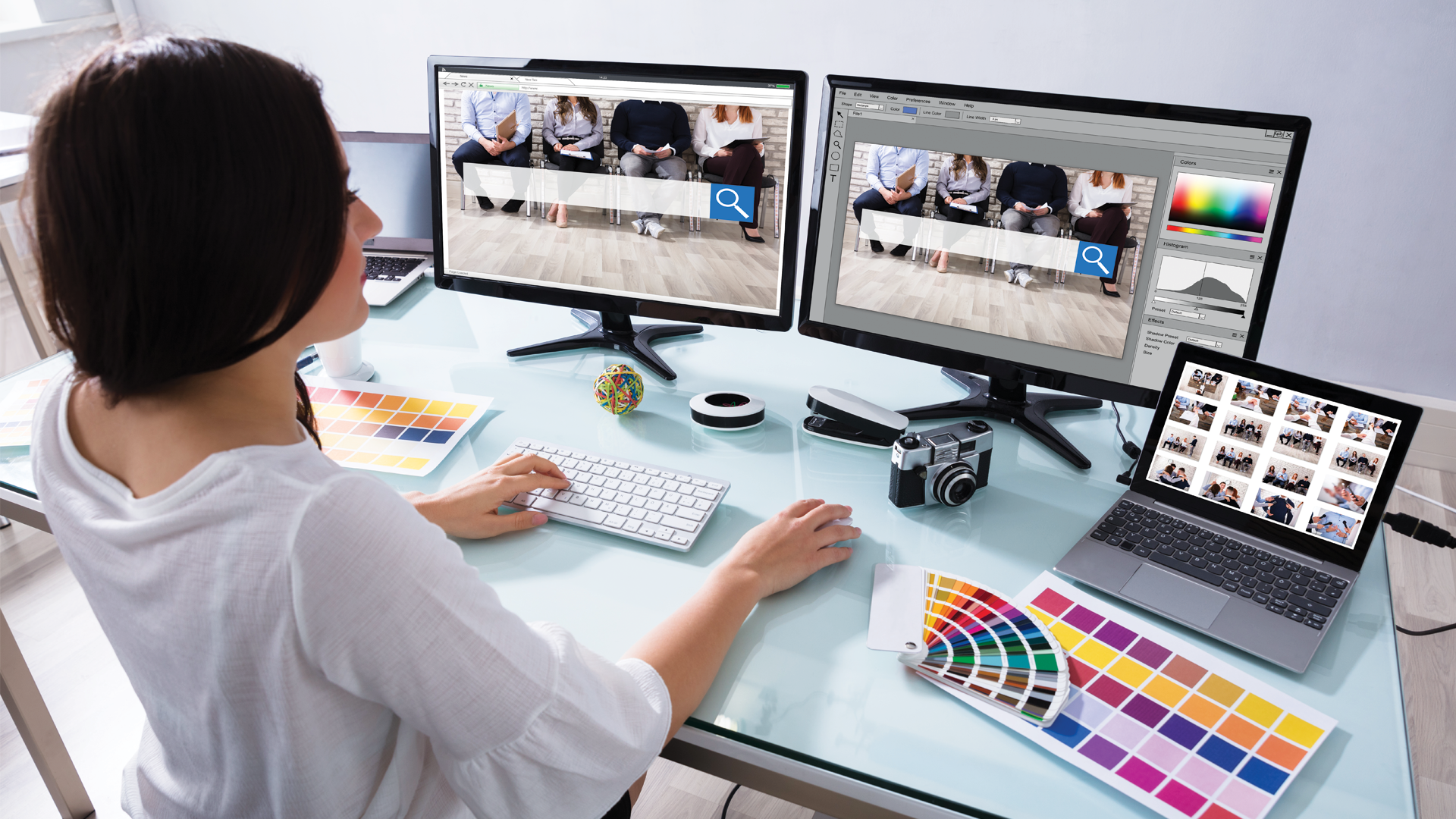
If you’re looking for a specific style or medium in your visual design, you can opt for an expert in that niche by looking up freelancers. A jack of all trades and a master of one or two specialties (like an expert in user interface apps and social media graphics) is the best way to get the quality without hurting your budget.
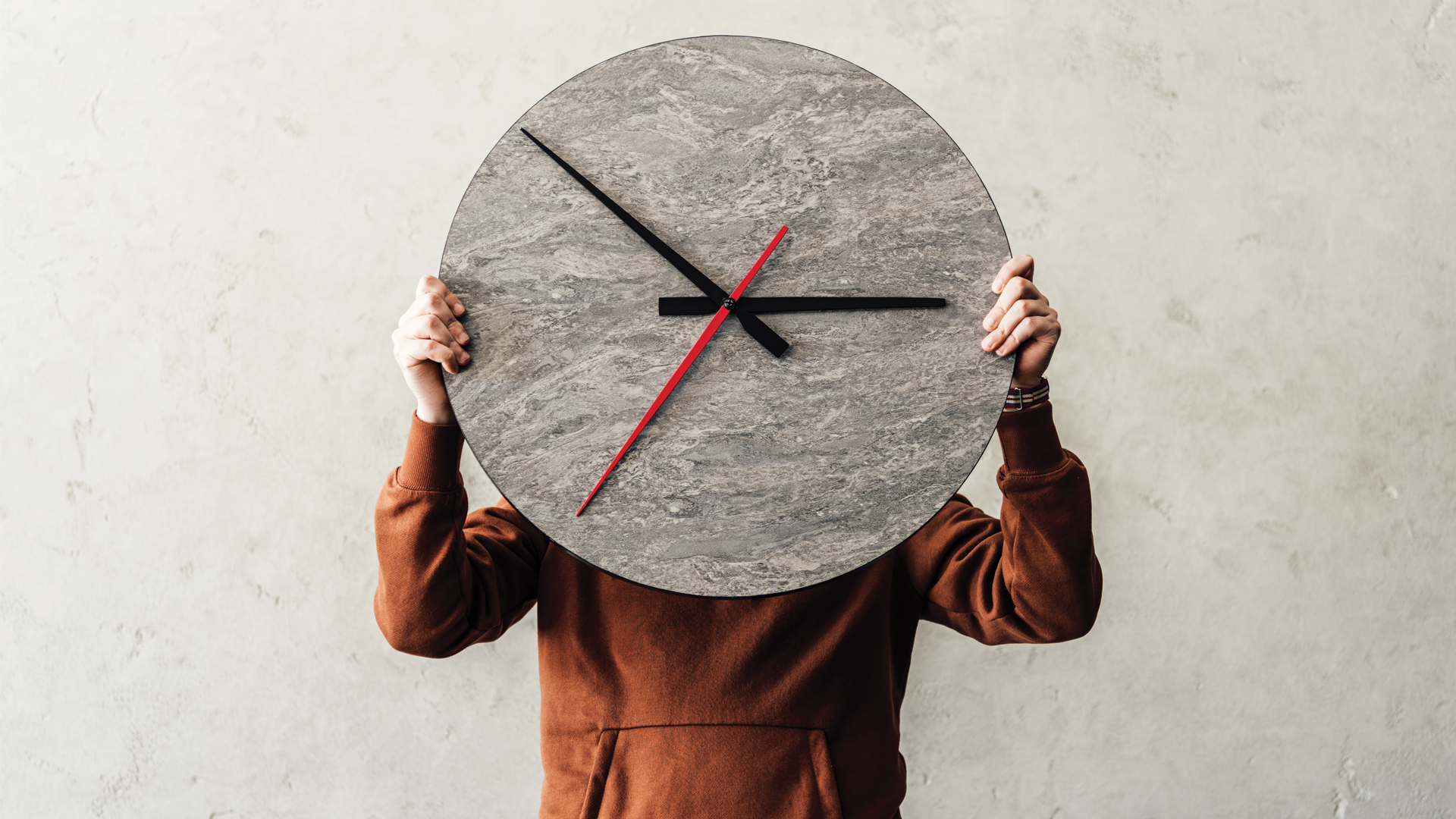
Want your graphic designer to be online on odd hours? Need them to work double-time on a project? Freelancers can work around their clients’ schedules depending on your requests. Most work flexible and even awkward schedules if there are business needs to be completed.
If your local graphic design pool of talent isn’t doing it for you, you can always look beyond your borders to a bigger diversity of talent online. Sites like Upwork give you access to universal talents in just a few clicks.
When to hire a graphic design agency?
When you need efficient and polished designs
When you want customer service
When you want a one-stop graphic design shop

Graphic design agencies are usually formed by teams of pros in many or similar fields that can create exceptional concepts when put together. Two heads are better than one, and a whole team of big-brained creatives can definitely produce results of the highest quality.

Bigger firms apply customer services to their clients as their extra feature. With this, you’re always reassured that someone will cater to your requests. Most of the time, established graphic design agencies use feedback patterns from their clients to always yield consistent support and services. This can quiet a lot of your concerns if you’re new in this field.

If you have a big project/campaign planned, it’s better to partner with a graphic design agency because they have the range in skills and equipment to adjust for whatever you might need.
Final decision

A successful graphic design project can’t be guaranteed by either freelance talent or an agency. Whichever one you choose to work with should depend on your campaign’s goal/s with your budget in mind.
You can also switch between freelance graphic designers to graphic design agencies based on your projects.
The elevation of your designs rests on how you communicate your goals with your graphic designer as well as the tips I listed below.
How to work with your graphic designer:
Have a direct vision.
Show and tell.
Allow creative breathing room.
Apply the design concept to everything.
Share constructive feedback.
Prepare your Copy
Process steps with your graphic artist.
Opt for project-based fees vs. by-the-hour rates.
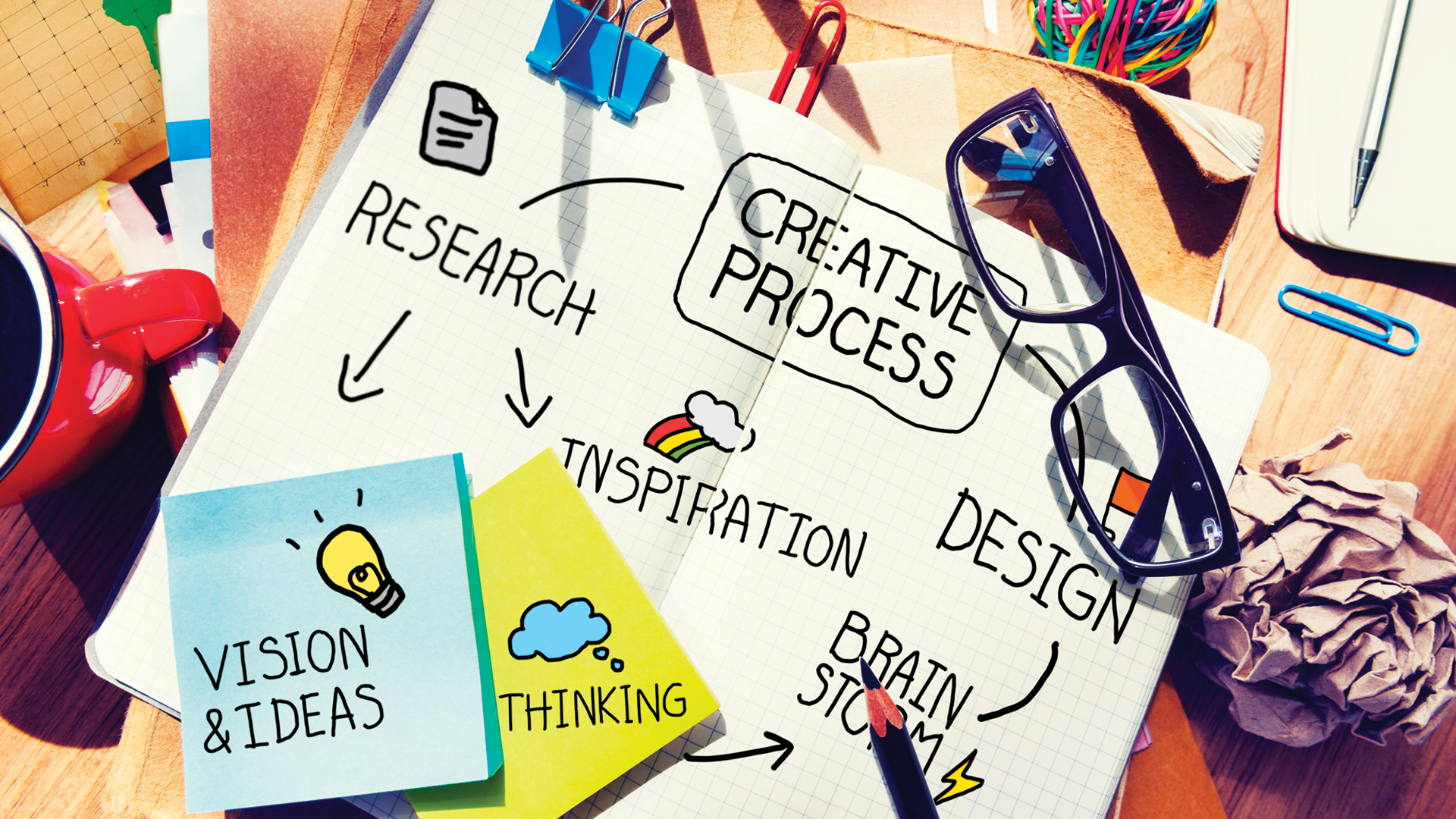
While experts might have the know-how on graphic design, you are still the driver behind the wheel in this project. The captain of the ship. Which means you need to have a clear goal so you can drive the team towards what you want exactly from this campaign.
Set everyone on course to what you’re aiming to achieve to keep everyone on-brand.
Work out your target audience, who do you want to focus your efforts on? What vibe do you want to radiate with your visual content?
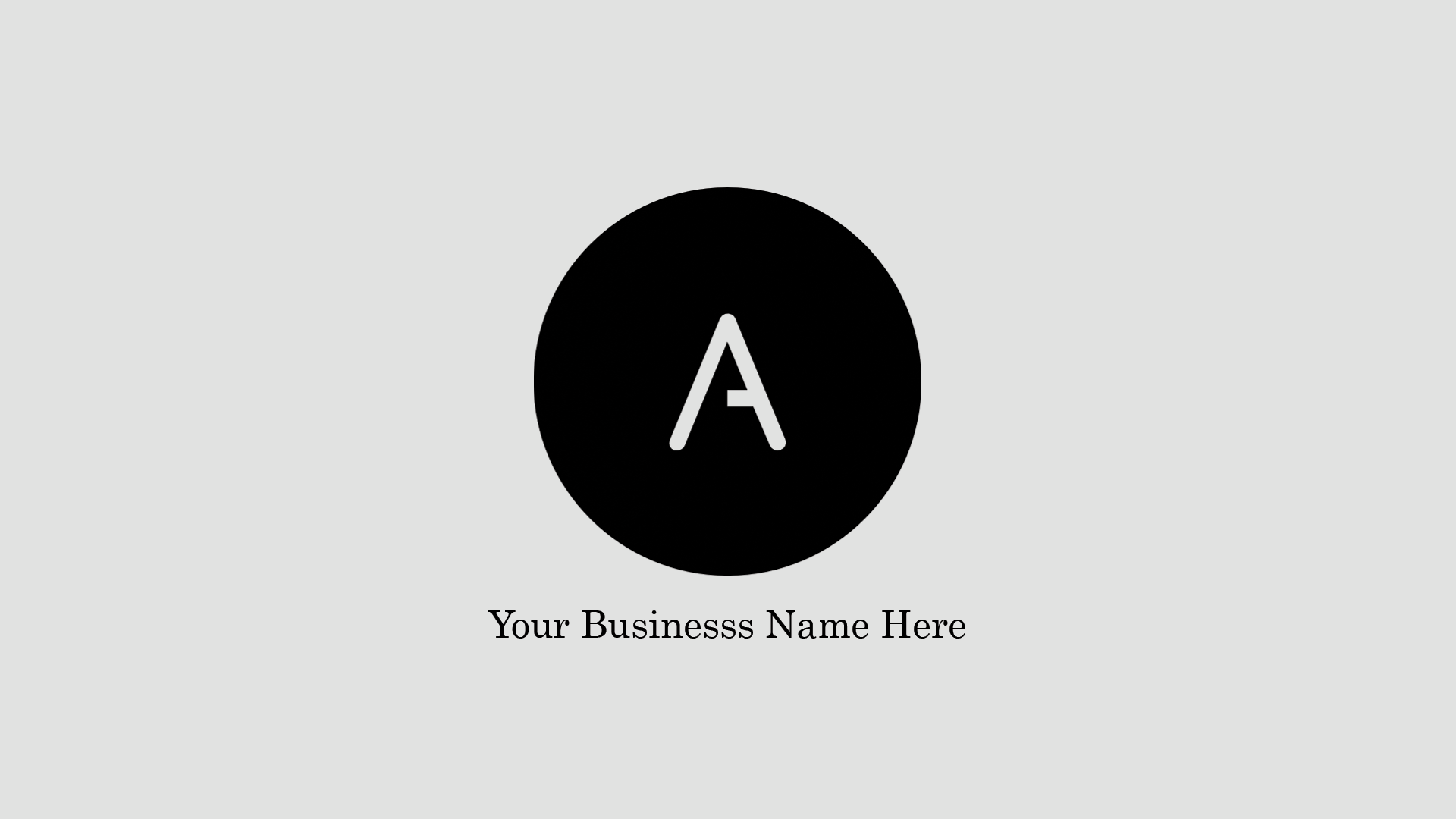
The graphic designer is in charge of creating the visual aspect of the design, that’s their forte. But you should be grounded in a purpose that you want this campaign to achieve.
Your graphic artist can design an aesthetically pleasing logo. But if it doesn’t feel right or true to your branding, you must redirect your designer into making it more aligned.
Creativity is a funny thing. If I say to draw a big blue box, you might end up with a different image compared to how other people might have drawn it.
That’s because our mind’s eye is unique to ourselves. Creativity, then, is relative.
What that means for you and your graphic designer is that words might be enough to explain what you need your design to look like. Or the vibe you’re going for. You need a visual aid.
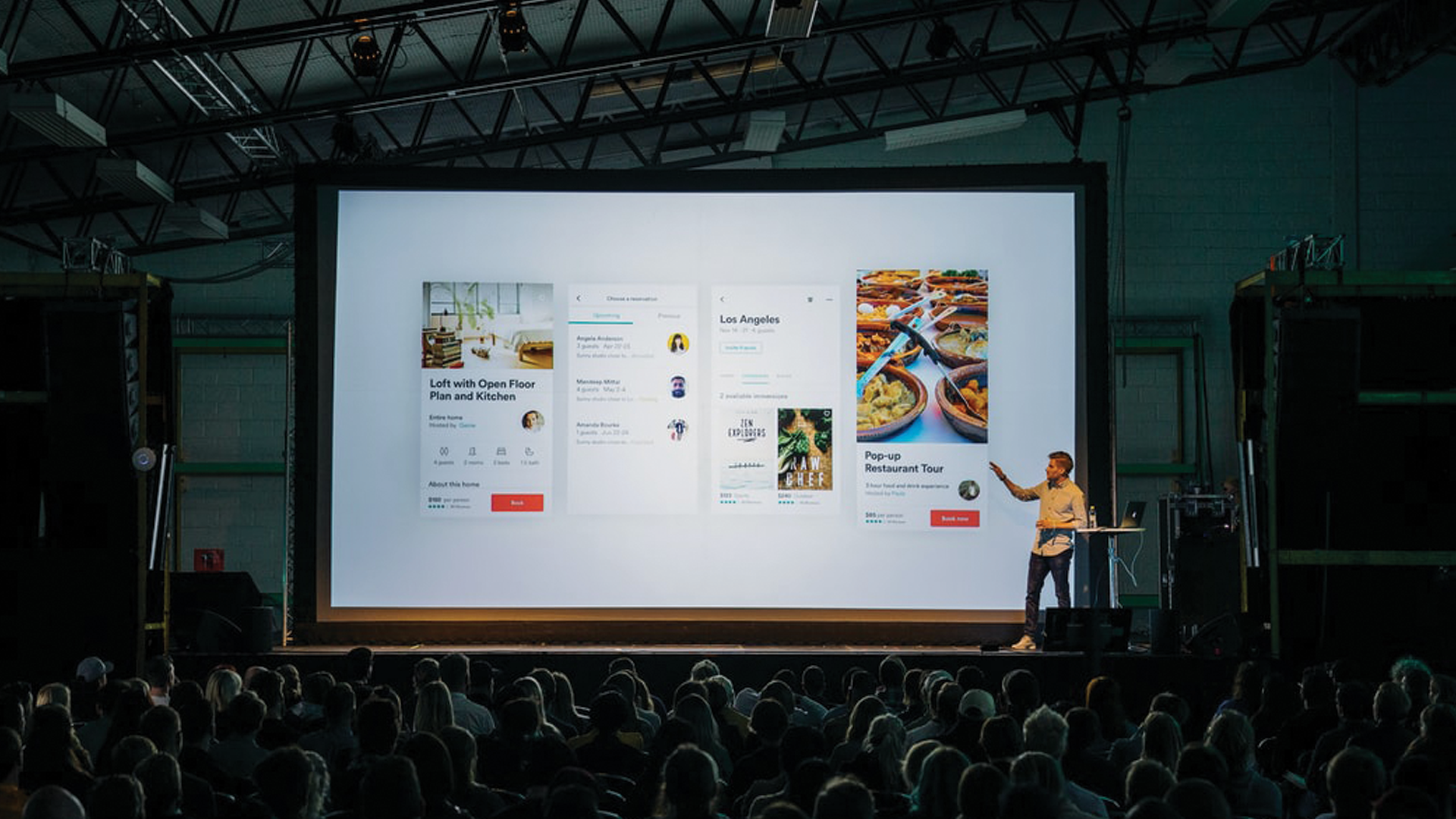
Preparing pictures or mood boards can shorten the gap between what you want and how your graphic designers visualize your concept. It can also shorten the time you spend going over the details of the design.
Prepare a show-and-tell of what you want to achieve with the project and save yourselves (and your graphic designers, of course) the trouble of putting into words how “light and fun” looks like to you.
If you’re working on a layout for your app interface, you might want to show your graphic artist an app that’s similar to the look you’re going for to get them on the right page
Should you choose to work with pros, whether freelance or with an agency, you should trust their creative spark.

You are the captain of the ship, unquestionably. But you also need a navigator to help you plot the path to get to your desired point and keep you away from unfavorable tracks (in this case, design mistakes or outdated trends).
Keep an open mind when they offer suggestions. Trust their professional proficiency when they tell you some things work and some don’t. It will lessen mistakes that can set you back valuable time, resources, effort, and budget.
Allow them some room to exercise their creativity. It might surprise you when what they bring to the table works better than what you had in mind.
Such as when you’re drafting a brochure layout. Being told by your graphic designer that the layout you were set on is outdated shouldn’t be considered lightly. They’re more likely to know which styles click with the market and which ones no longer serve.
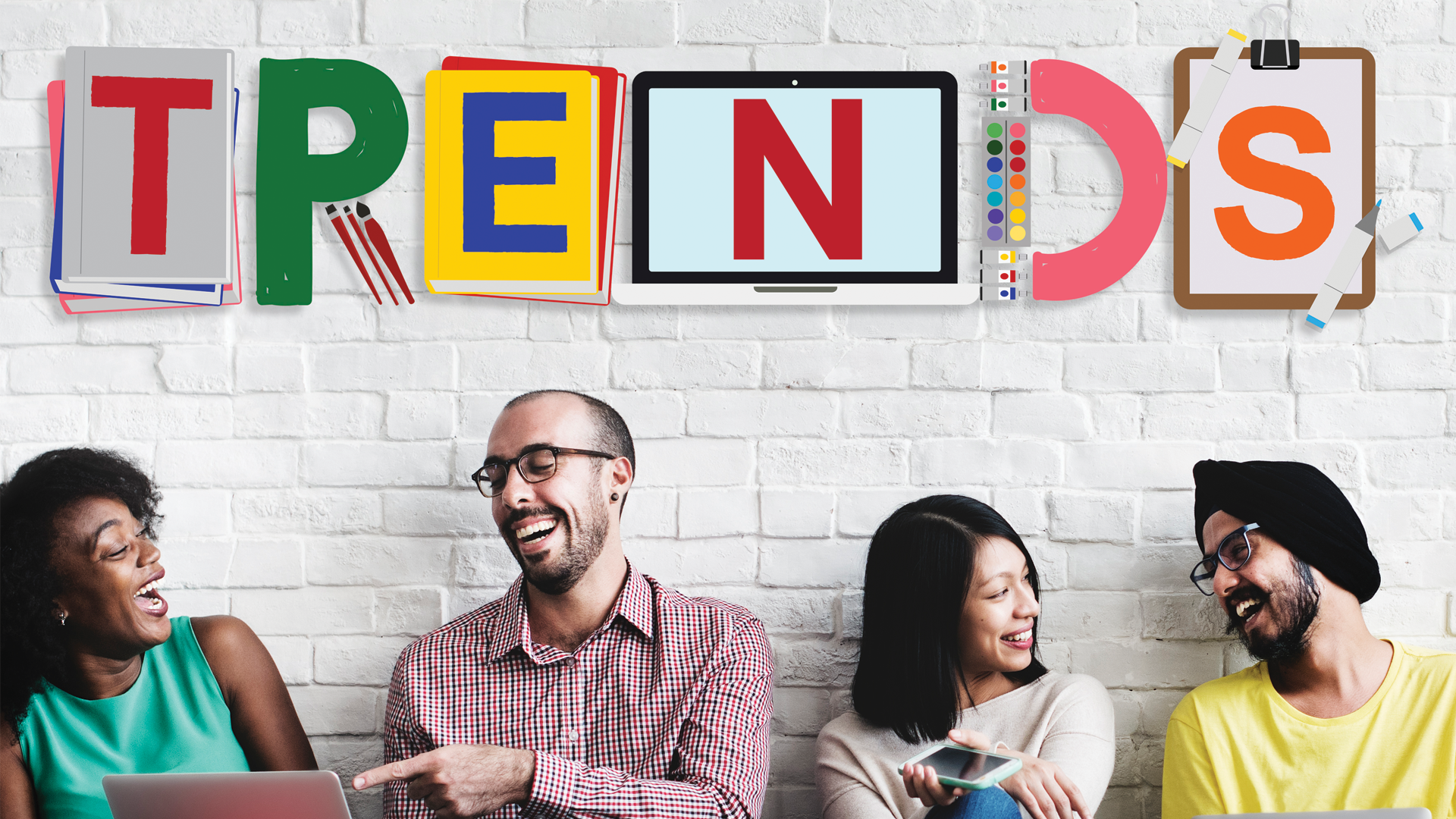
Visual media isn’t an isolated aspect of your business. It has to work with and in sync with the general flow of your business.
This suggests that you have to involve your entire institution for your graphic designer/s’ work to bear fruit.
Incorporate your brand guidelines in the design and create concepts around it. If you don’t have it yet, now is the best time to work with an expert and fashion one that can be used for future visual content.
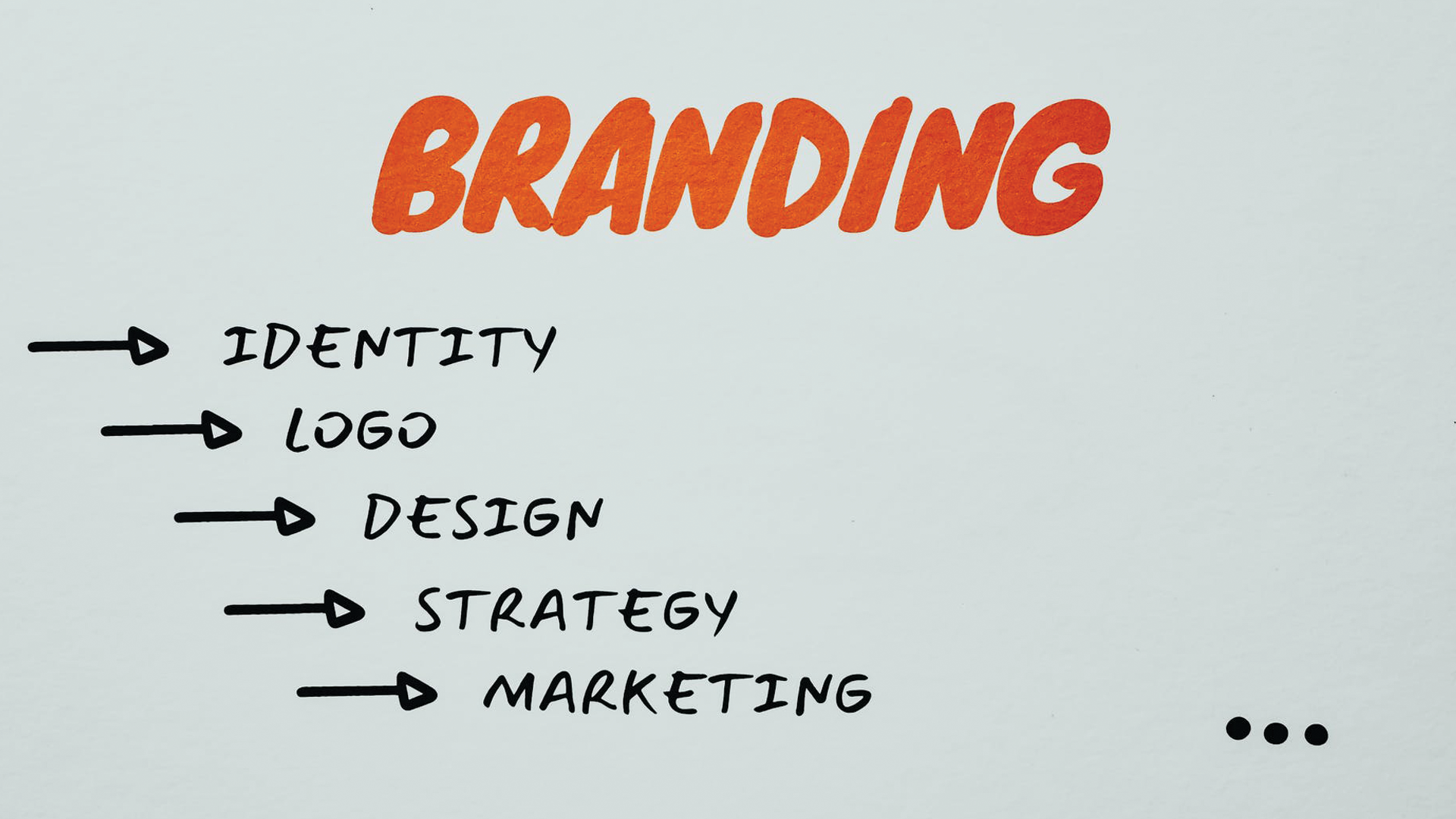
By stringing everything together, the footprint of your efforts becomes more substantial.
Add your designs and concepts to your social media accounts and your web page. Make it flow through all the networks you push out to the world for consistency.
If the campaign was for a social media ad post or infographic, add it to your website. Showcase the content on your other social media platforms. Blog about it.
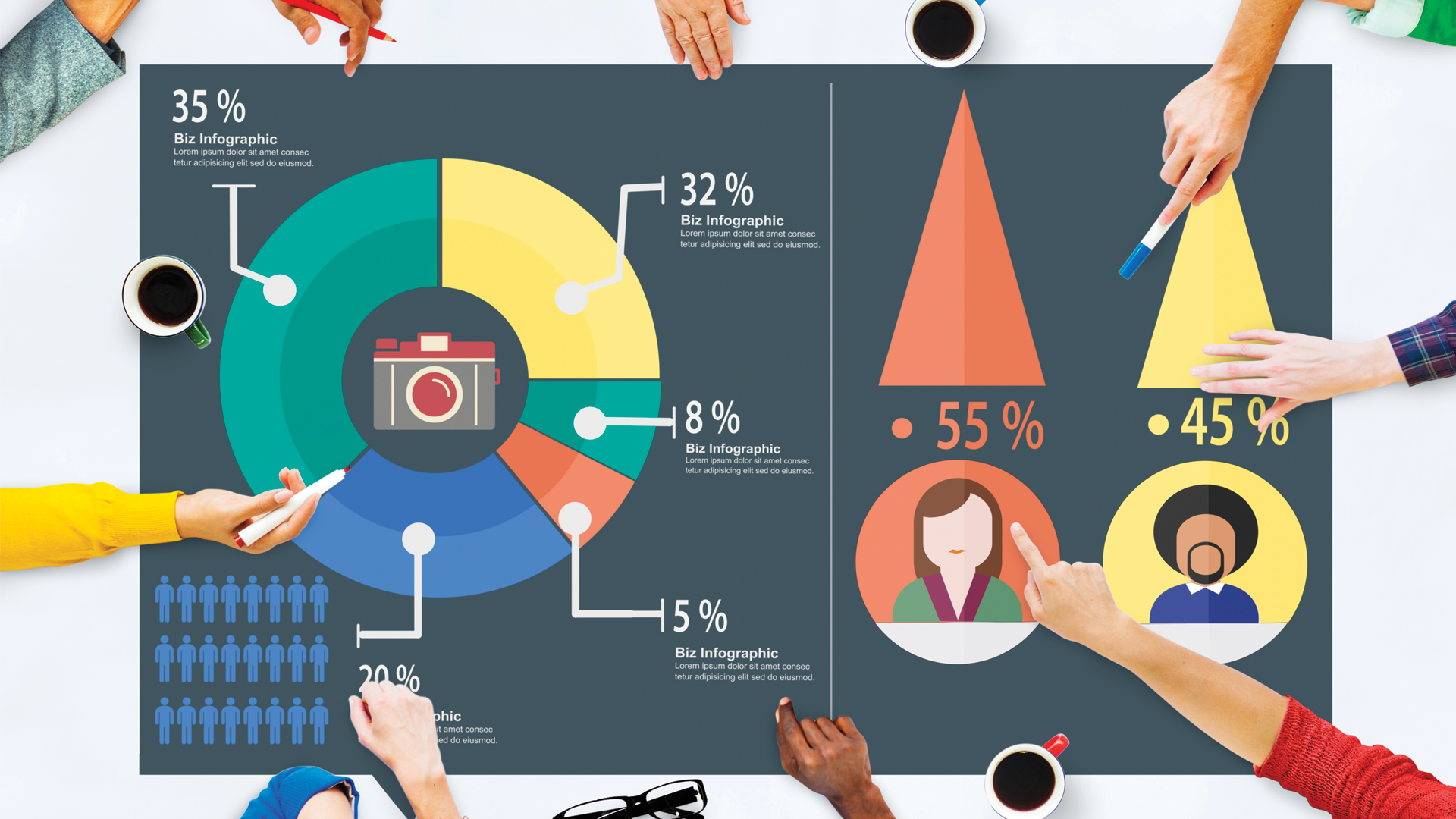
The point of this project is for your visual ads to be seen. So share it in everything that can make it more visible. It’ll work better that way.
The most helpful thing you can do for your graphic designer is to give honest and comprehensive feedback.
Like I mentioned before, creativity is relative which results in some differences in interpretation. Creativity is a process so it might take a few revisions until it clicks.
That being so, saying precisely what you like and don’t like about the design and giving straightforward feedback can shorten the process by a lot.
Spare yourself and your designer the stress of having to guess what the other is thinking (no one is a mind reader) and point out the exact aspect of the design you want to change or remove.
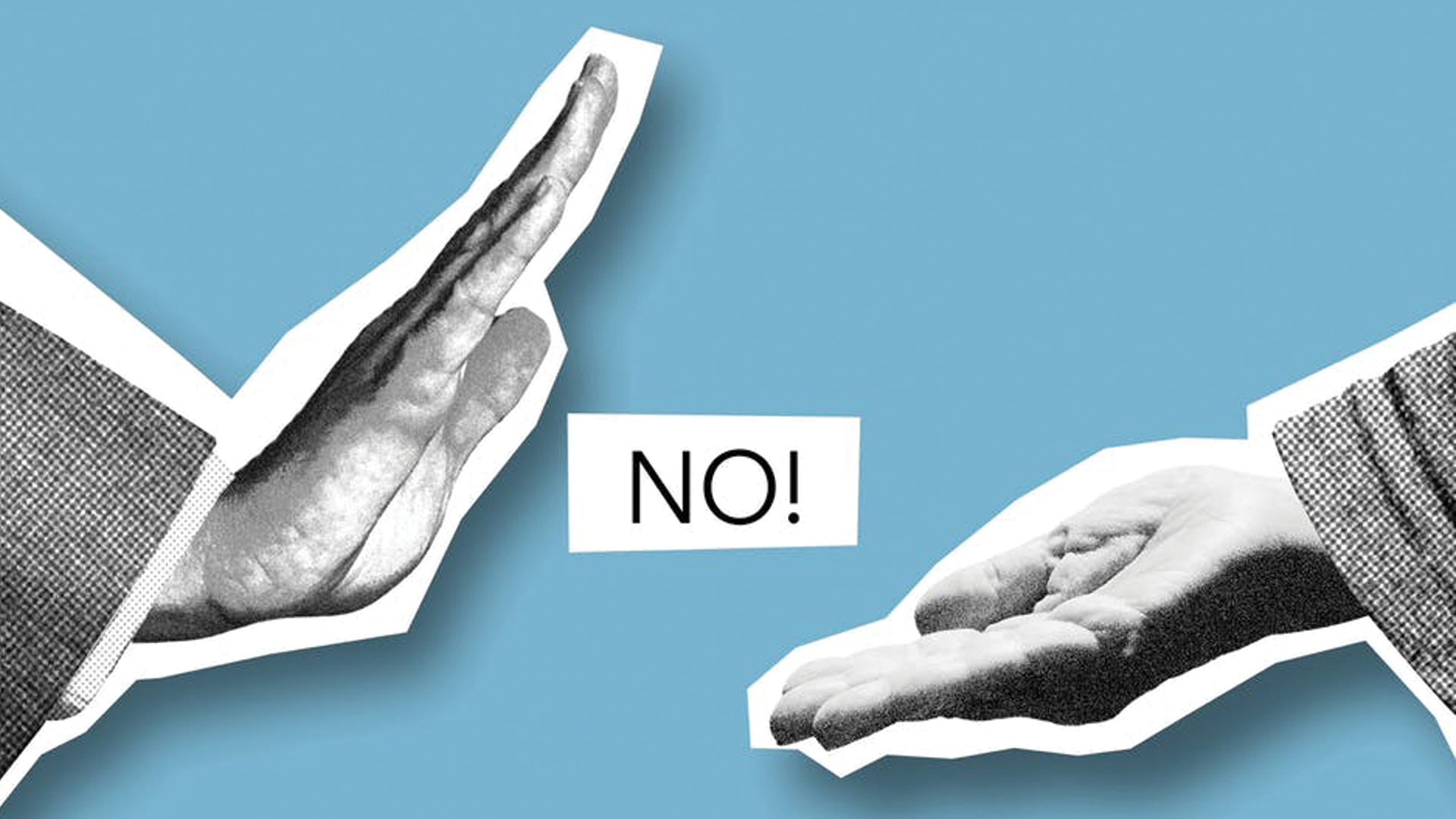
Go back to #2 on the list and show them what you want, in detail, instead. Better yet, give them actual examples with pictures or sketches.
It’s much easier to get the design right on the mark if they can see which parts work for you and which ones don’t.
Copy in marketing is an informative and persuasive written content. But ultimately, it also has to be entertaining to hook the viewers’ attention.
It’s important to have this ready for your graphic designers so they have a good idea of how to work it into their design concept, making everything about your branding cohesive.
Revisions are inevitable, so it also helps to have it in a flexible platform like Google Docs for easier access, editing, and sharing.
Label all the elements in your copy (headers, banners, body) so your graphic designers will know right away which ones they are. Indicate your preferences in formatting, if you have any as well.
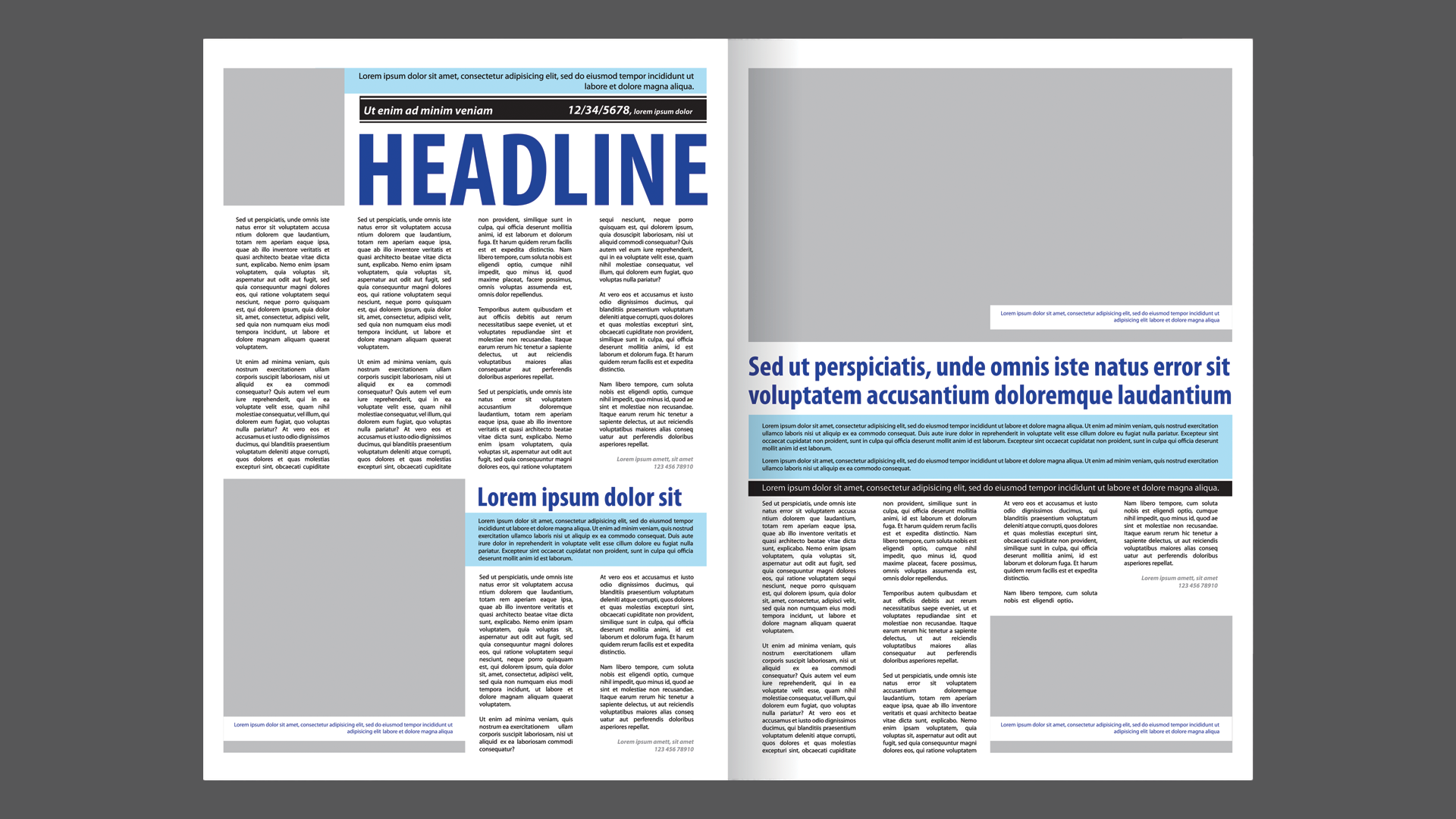
Do you want your title bold? Italicized? Underlined? Let them know right away and don’t assume they’ll figure out what you want or expect.
And finally, check your work twice and then check again. Often, we miss the smaller mishaps in our work—a typo, maybe a misspelled word, or grammar slips. It can’t be helped. So make sure you comb through everything more than twice.
Even better, have others check it as well. It’s better to be ABSOLUTELY sure about your copy rather than realizing a mistake after printing 1,000 copies. Your budget will not thank you for that.
It’s a process! A great graphic design/concept isn’t going to happen on the first draft. It takes quite a lot of time to lock into the perfect result.
Talk to your graphic artist through the details and through every step to make fewer mistakes and more exact revisions. Listen to what they have to say on certain matters that are in their field of expertise. Collaborate on the best solution to design gaps.

Having multiple reconfigurations is expected. Like I mentioned earlier, a big blue box might look different to different people. You have to work on aligning your vision of your concept with your designer’s.
Be patient with the process and acknowledge each milestone as the project’s progress.

Counting and adjusting working hours can be taxing. Especially since graphic design is creative work and is different compared to manual work where hours can be blocked and scheduled in advance.
It’s more challenging to clock in and out for creative projects since there are steps and parts of the process that’s hard to put on paper, like brainstorming or research. Creativity is harder to quantify.
It’s easier to bulk the professional fee as one project rather than counting the hours put in. This way, your graphic designers won’t be pressured by the time constraint. As the client, you will be less concerned about the quality of the result.
Also, it’ll encourage your graphic designer or graphic design team to close the project at the fastest possible time without taking away quality from the final product.
In summary:

Graphic design is an essential aspect of your business as it generates traffic and brand awareness through visual advertising.
In this, you have options to either consult with:
Freelance graphic designer
You’re under a strict budget
You need a specific talent at a lower cost
You require odd or flexible hours
You can’t find what you’re looking for near you
Graphic design firms
You need efficient and polished work
You want to have customer service available
You want a one-stop-shop for your big project
Which is a great option for when:
Which is perfect for when:
To make your graphic design campaign successful, you need to communicate your goals with your graphic designer/s effectively.
Tips on working with graphic designers:
Have a direct vision.
Show and tell.
Allow creative breathing room.
Apply the design to everything.
Share constructive and straightforward feedback.
Prepare your copy.
Process steps with your designers.
Opt for project-based fees vs. hourly rates.
Partnering with freelance talents or a team of graphic designers can both result in a successful graphic design campaign. What matters the most is applying the tips I’ve cited to talk and work with them more efficiently.
Looking to improve your business’ website or app layouts? Check out how we can upgrade them for you here!
